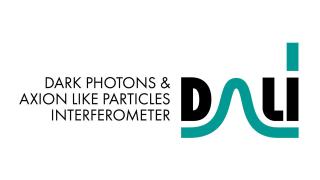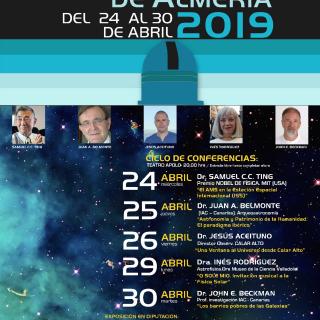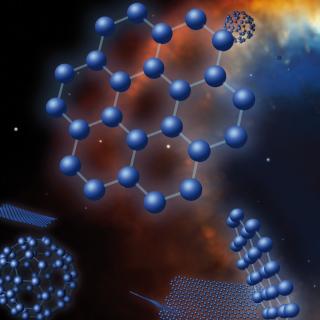Related grants:
General
This project consists of two main research lines. First, the study of quasar-driven outflows in luminous and nearby obscured active galactic nuclei (AGN) and the impact that they have on their massive host galaxies (AGN feedback). To do so, we have obtained Gran Telescopio CANARIAS (GTC) infrared and optical observations with the instruments CanariCam, EMIR and MEGARA, as well as with ALMA in the sub-mm/mm regime. Part of this project is being done within the framework of the H2020 Innovative Training Network BID4BEST. The group is also devoted to obtain and exploit observing time with the JWST and ALMA as part of the GATOS consortium (Galactic Activity, Torus and Outflow Survey) with the aim of characterizing nuclear obscuration and the gas flow cycle in local AGN. Second, the application of integral field spectroscopy to the study of extended objects (active and star forming galaxies) to investigate the triggering of both phenomena. We also contribute to the development of new instruments and data analysis procedures related to 3D observing techniques. In particular, we participate in the development of HARMONI, the first-light high-spatial resolution integral field spectrograph for the ESO Extremely Large Telescope.
Members
Results
-
Publication of a letter in MNRAS in which we studied the interplay between the ionized gas winds and the young stellar populations in the type-2 quasar Mrk 34 (Bessiere & Ramos Almeida 2022). We find evidence of positive and negative feedback happening in different parts of the same galaxy, induced by the ionized outflow. This study, part of the QSOFEED project, opens a new window to investigate the direct impact of nuclear activity on star formation in galaxies.
-
Publication of a detailed study of the ionized and warm molecular gas kinematics in the type-2 quasar J0945+1737, part of the QSOFEED sample (Speranza et al. 2022). We reported measurements of an ionized outflow with a maximum outflow rate of 51 Msun/yr, and lack of its warm molecular counterpart.
-
The European Network H2020-ITN-2019 "Big Data Applications for Black Hole Evolution Studies" (BID4BEST) started on March, 1st 2020 (end date Feb, 28th 2024). PhD student Giovanna Speranza started her contract at the IAC in September 2020.
-
The total budget awarded to this project through external funding sources corresponds to 1.152.000 euros (452.000 euros - PI: C. Ramos & 700.000 euros - PI: B. García). This only includes projects starting in or after 2020, and most of the funding has been invested in hiring new researchers. Currently we are the IAC group with larger female participation.
-
Publication of the two first papers based on the GATOS sample (García-Burillo et al. 2021; Alonso-Herrero et al. 2021). The GATOS collaboration was awarded two JWST proposals in Cycle 1, led by D. Rosario (University of Newcastle, UK) and T. Shimizu (MPE, Germany).
-
Publication of a study of the morphology and kinematics of the cold molecular in a sample of type-2 quasars (QSO2s) at z=0.1 (Ramos Almeida et al. 2022). The study is based on data from the ALMA interferometer in the mm range, and it is part of the QSOFEED project.
-
Publication of the work García-Lorenzo et al. (2022), which presents an analysis of the capabilities of HARMONI to reveal the stellar morpho-kinematic properties of the host galaxies of AGNs at cosmic noon.
![Teacup in [O III] and CO(2-1) Supermassive black holes modify the distribution of molecular gas in the central regions of galaxies. Credit: HST and C. Ramos Almeida.](/sites/default/files/styles/crop_rectangle_21x9_to_1280/public/images/project/teacup_english.001.jpeg?itok=82L9Wkcf)








